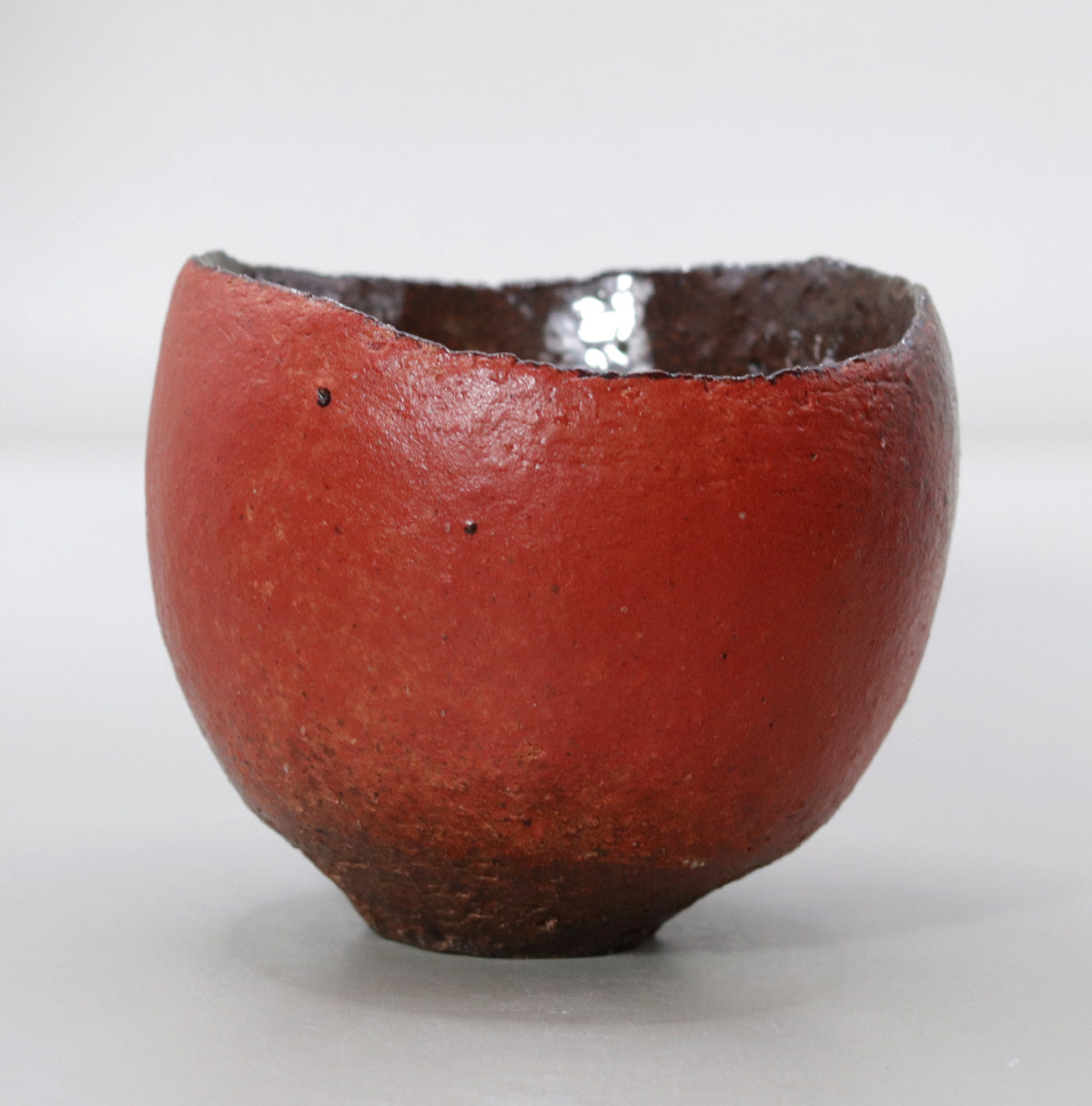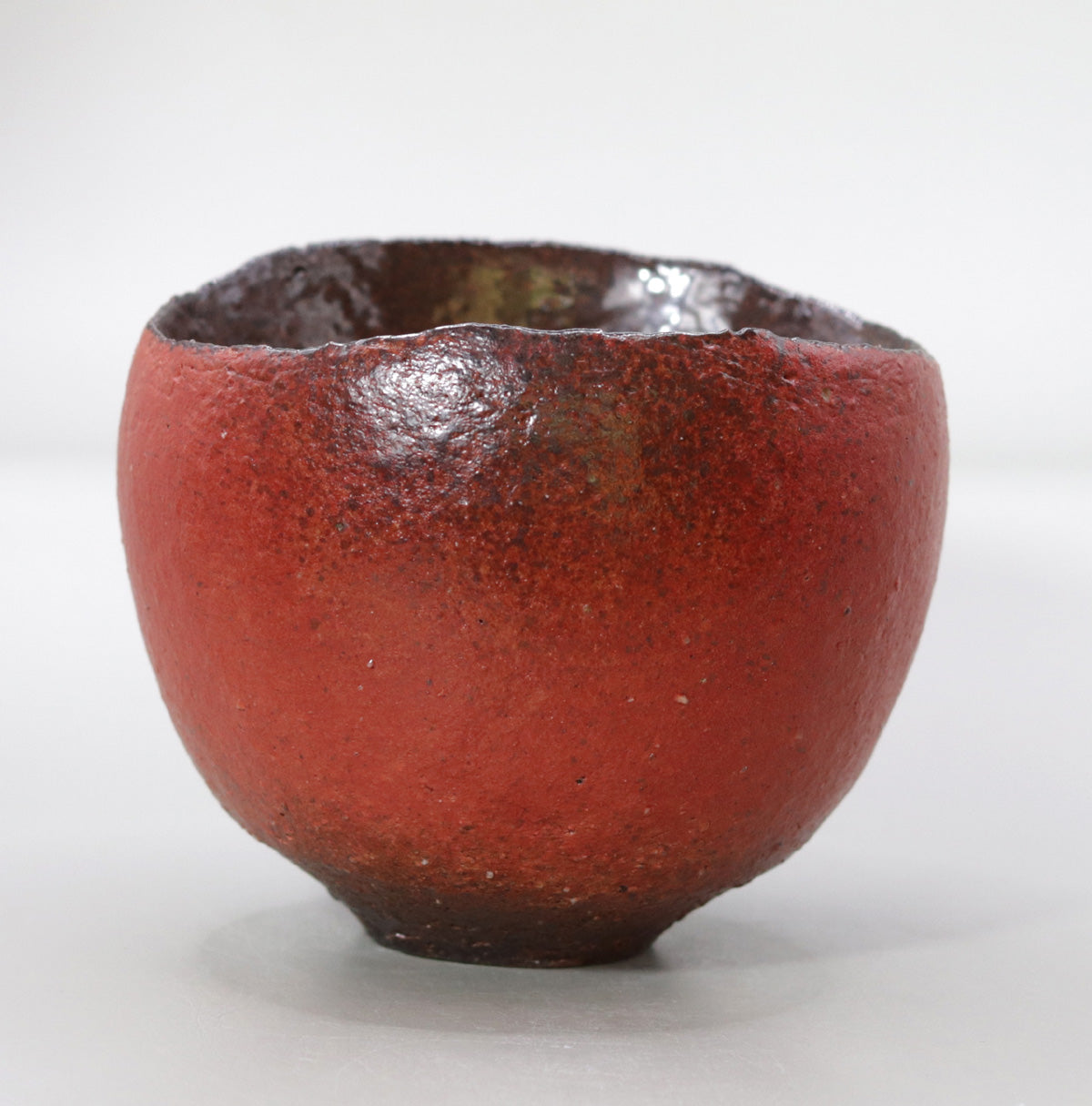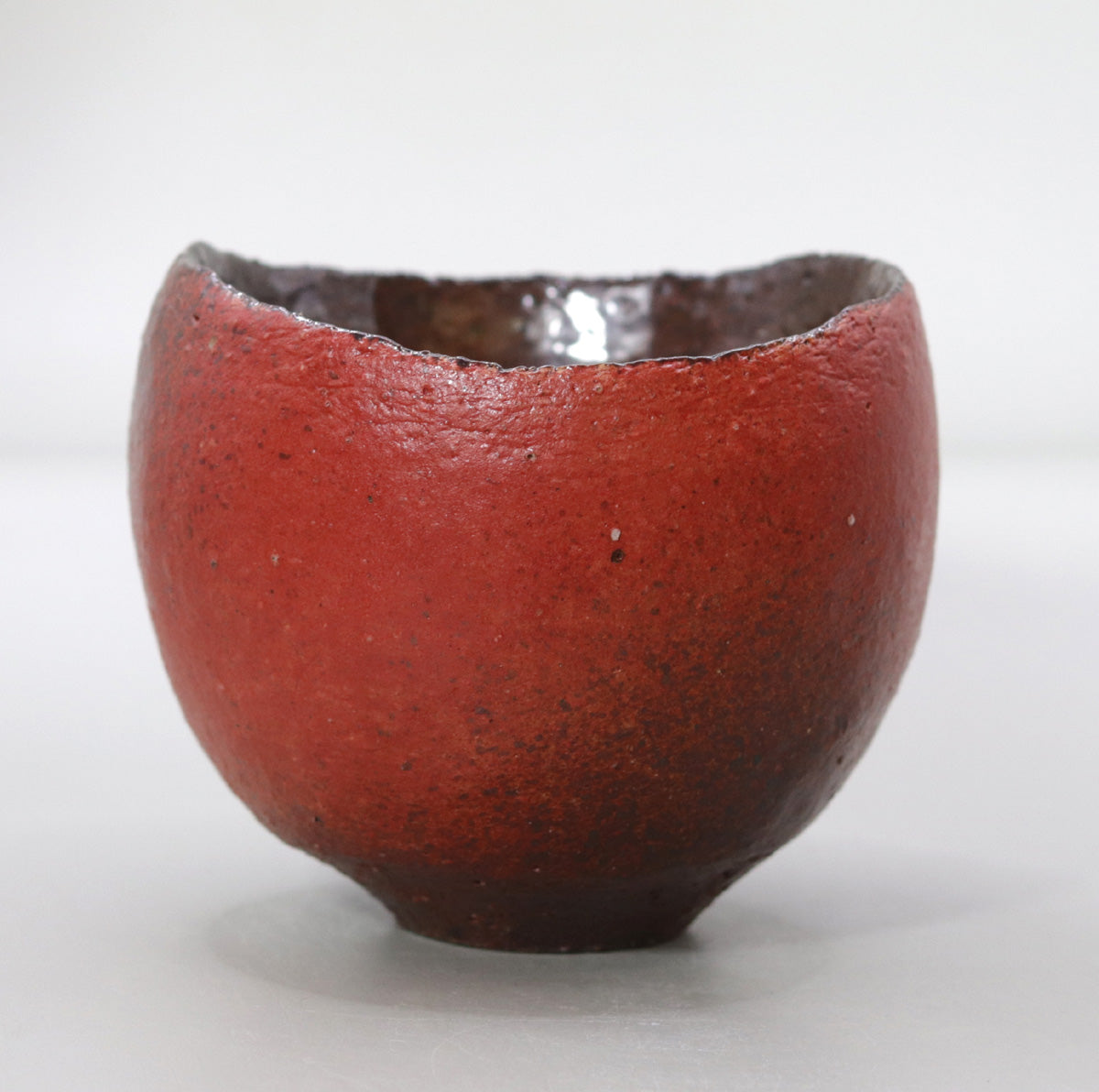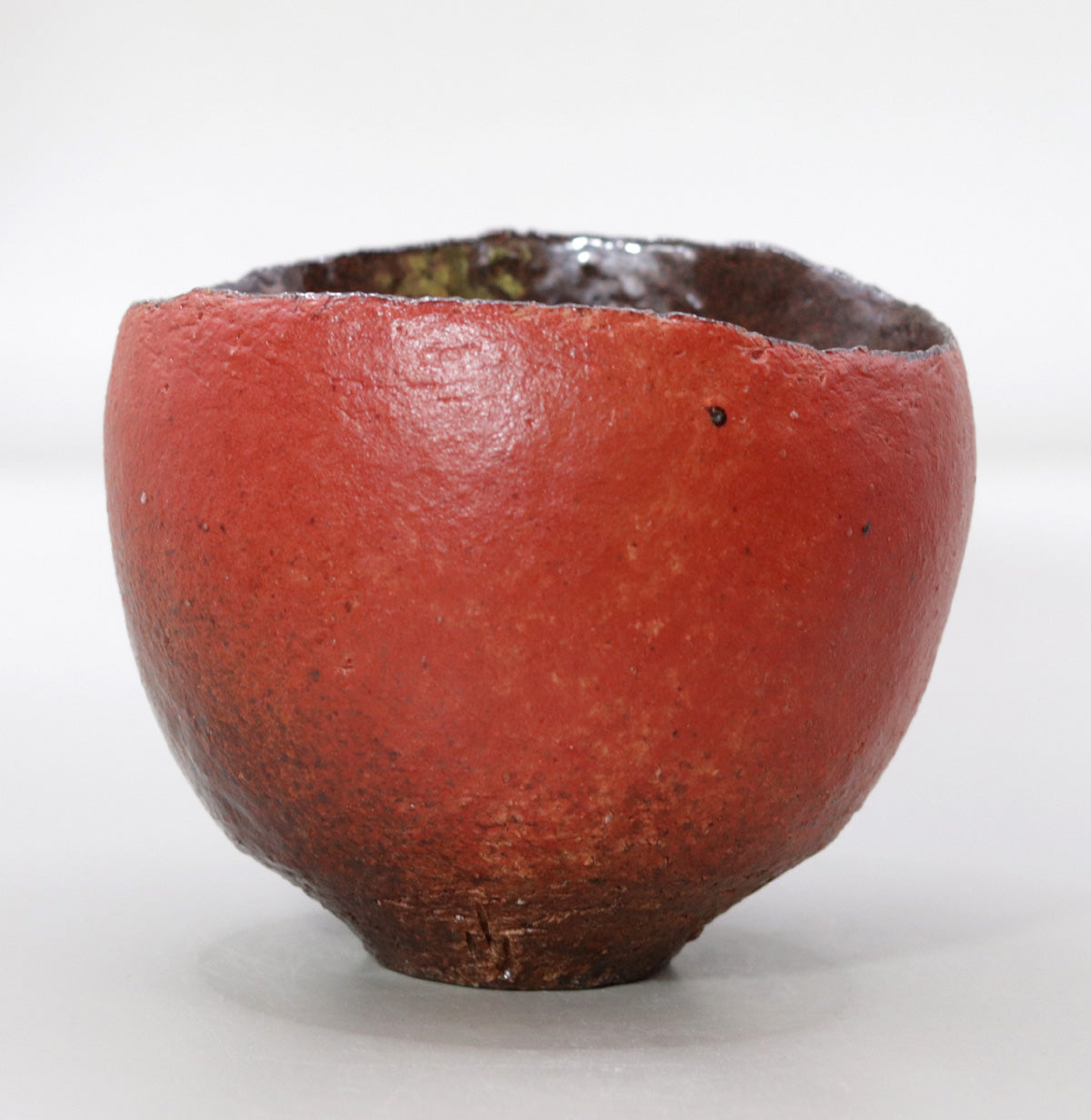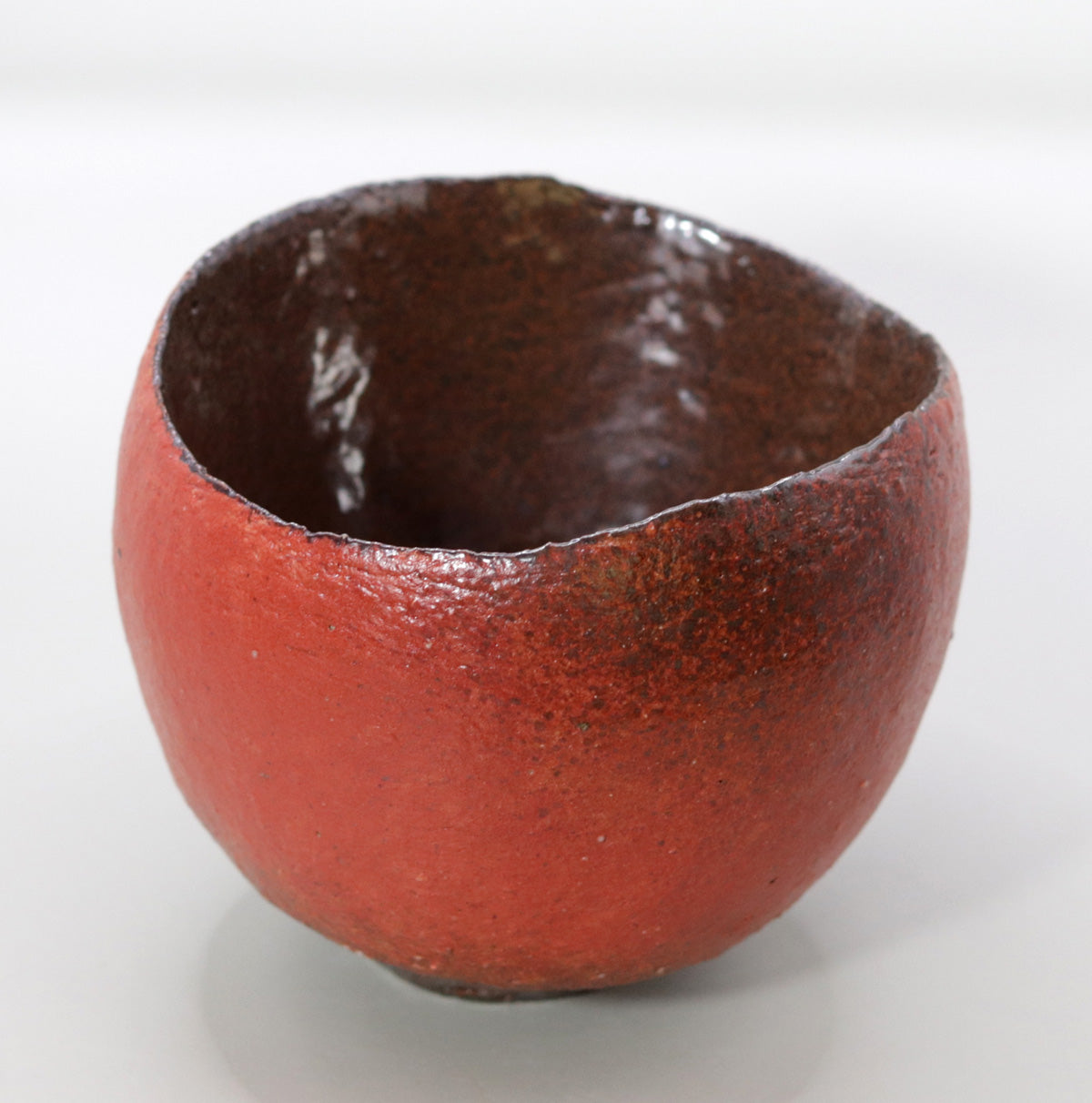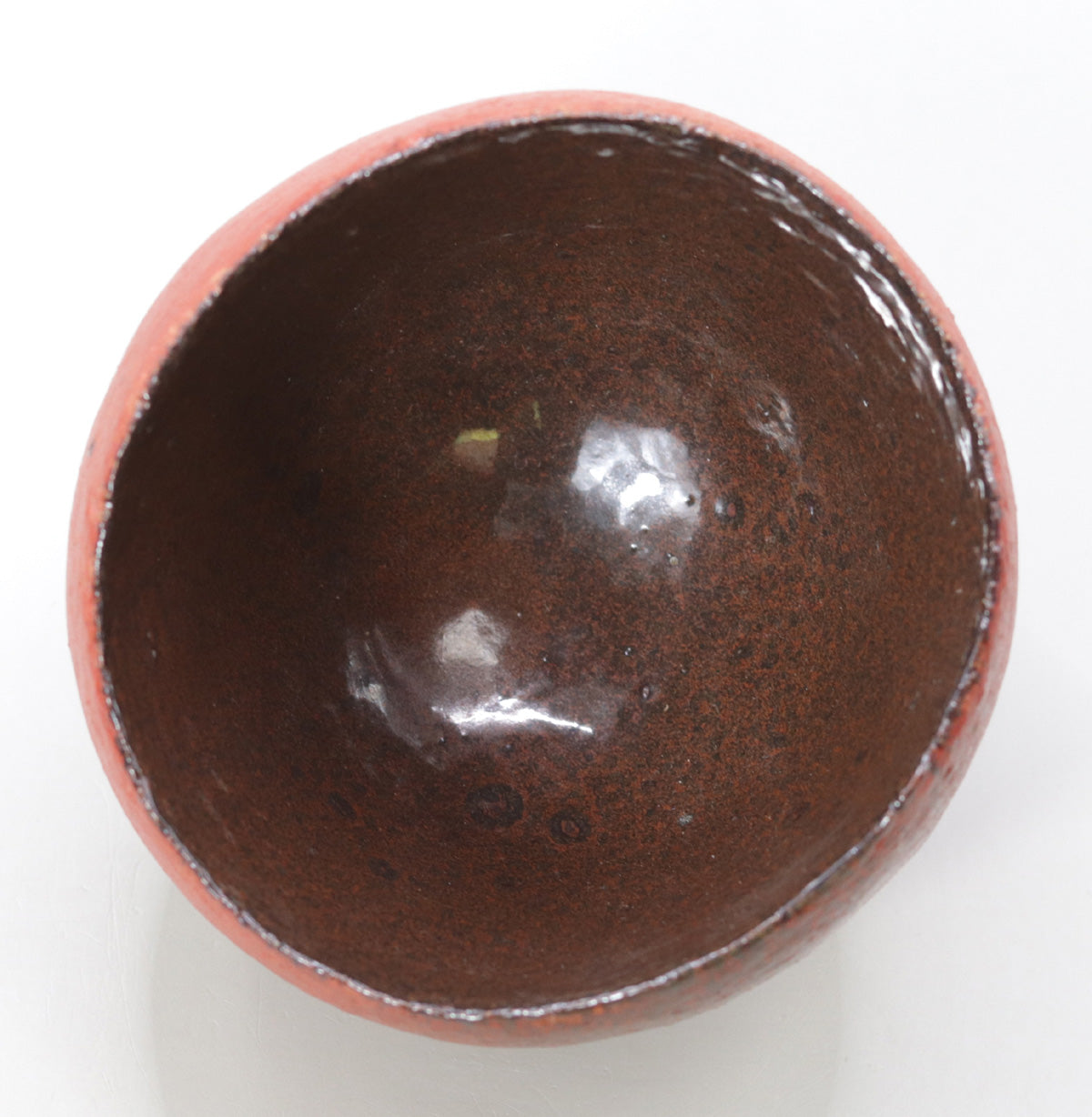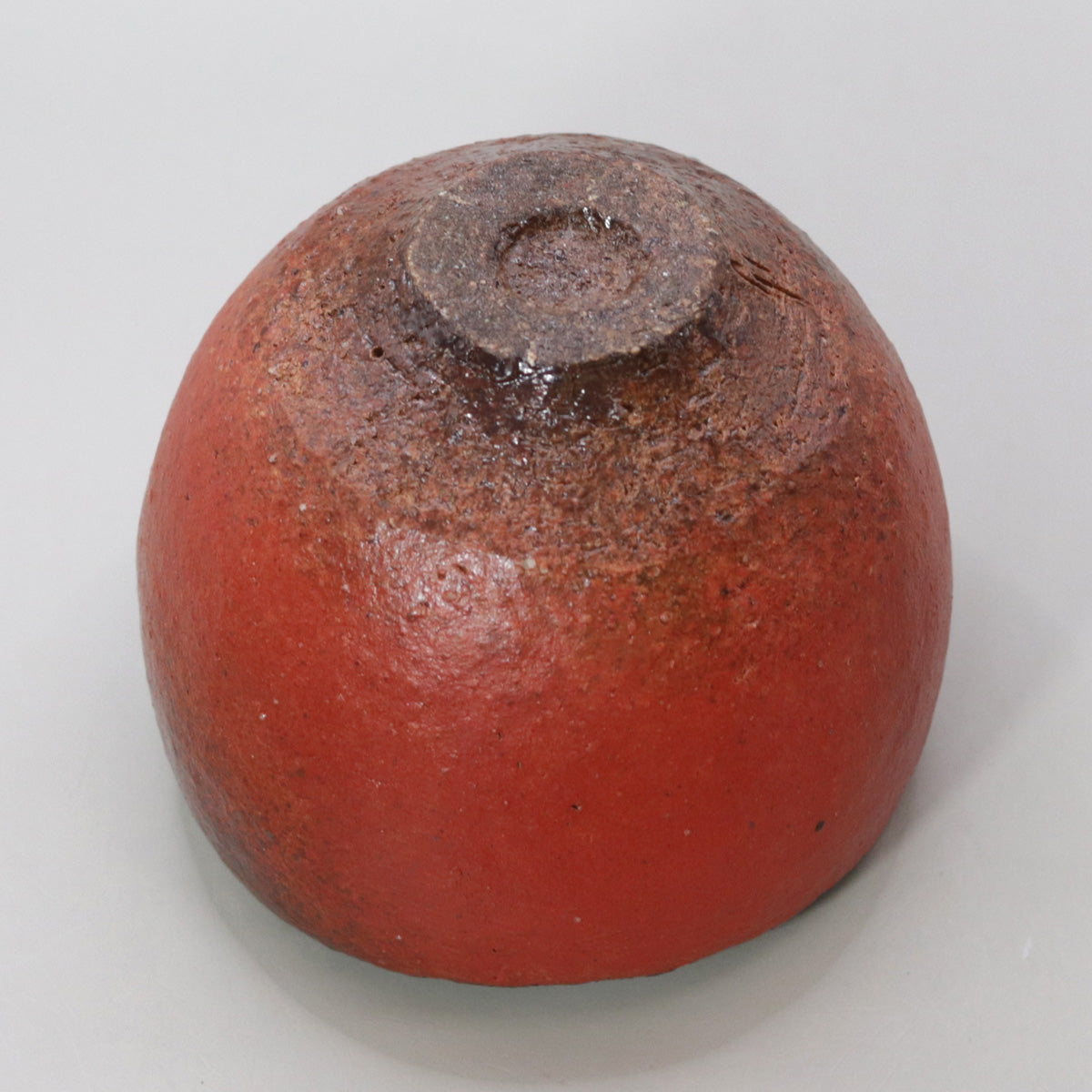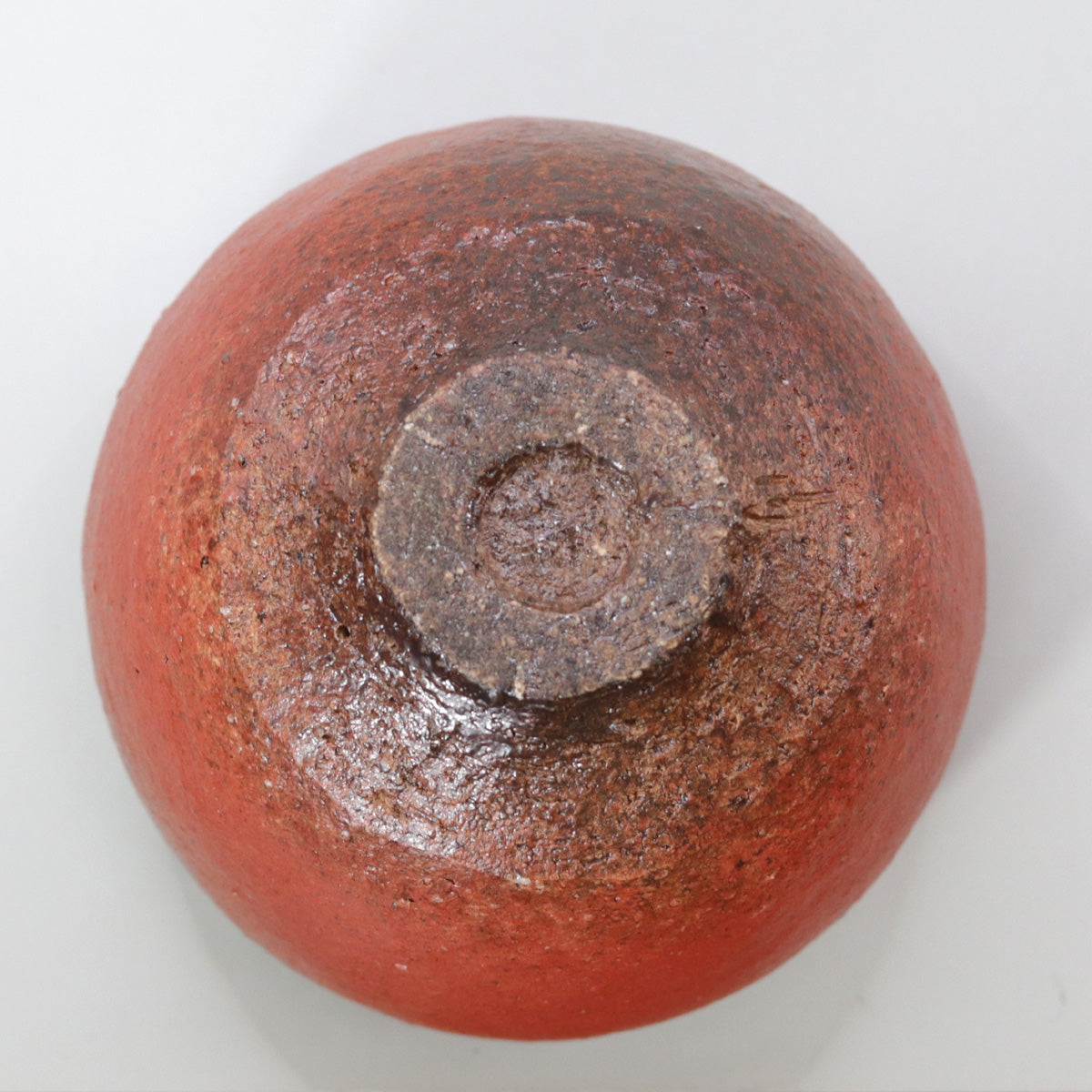Tanba Red Tea Bowl Nishitan Masashi
Tanba Red Tea Bowl Nishitan Masashi
Couldn't load pickup availability
Width: 12.2cm Depth: 12.0cm Height: 10.0cm
The strength of the crimson-colored Tanba clay
The brilliant red that covers the exterior of this piece is achieved by applying a red clay glaze (a glazing containing a large amount of iron oxide) to rough clay from Tamba, which is rich in iron, and then transitioning from a strong reduction atmosphere to a lightly oxidizing atmosphere towards the end. The scarlet that appears in the moment when the iron combines with oxygen and undergoes a phase transition was captured by the skill of the kiln firing, resulting in a deep, clear vermilion that settles on the surface of the piece. Unlike the glossy glaze of Akaraku, the fine iron grains leave a matte texture, giving the piece a rustic yet refined look.
The contrasting colors of the dark brown interior
A dark brown sheen spreads from the inside to the interior walls, creating a vivid complementary color relationship with the red of the exterior. This is the result of the iron glaze created in the reduction zone vitrifying at high temperatures to form a smooth surface. When reflected against the green of matcha, the three primary colors of green, red, and black complement each other, bringing dramatic contrast and a deep sense of depth to the tea ceremony.
A soft egg-shaped form and thin cut
The body is slightly tall, yet has a soft curve reminiscent of an eggshell. The rim is slightly wavy, and has been thinly carved with the fingertips to create a comfortable feel on the mouth. The thin finish throughout the bowl makes it light when held in the hand, while also conveying the subtle warmth unique to red clay, supporting the movements of the tea ceremony with ease.
The presence of the earth dwelling on the hill
The sides of the foot are left unglazed, deliberately leaving the bare surface of the Tamba clay exposed. The reddish-brown body and the scarlet exterior maintain a continuity, while the ash scattered during firing changes to a slight bluish-gray color, creating a landscape reminiscent of geological strata. The coarse grains and curly quartz veins seen here speak eloquently of the presence of iron ore and feldspar hidden in the mountains and fields of Tamba, imbuing the vessel with the breath of the earth.
Functional beauty as tea ceremony utensils
The generously sized hemispherical shape of the teacup fully accommodates the movement of the chasen tea whisk, helping to create a uniform froth. The thin, yet firm body, fired at high temperatures, ensures heat retention, maintaining the right temperature for both thick and thin tea. The low base ensures excellent stability on the table, and it blends seamlessly into modern table settings.
Tanba Red and the Zen Spirit
Red is a color that originally symbolizes vitality and good fortune, but in the context of wabi-cha tea, it acts as an accent that highlights the contrast of "wabi-sabi." When tea bowls clad in pure red are placed alongside white and black vessels that represent emptiness and impermanence, they intuitionally evoke in the viewer the cycle of "birth and death," deepening Zen meditation. Based on this philosophy, Nishitan Tadashi draws out the beauty of the blank spaces by allowing his sculptures to speak only of the natural scarlet nurtured by earth and fire.
A story that takes place over time
The matte red exterior will absorb the oils from your hands and take on a glossy finish over time, while the dark brown interior will take on a dull metallic sheen as it mixes with tea stains. Because it does not have any crazing, the dyeing process is gradual, but the color and luster change in a smooth gradation, and the color will deepen over the years of use.
This Tanba red tea bowl captures the exact moment when the flames transform the iron of the earth into crimson. When held in the palm of your hand, it conveys the warmth and quiet strength of a wildfire, leaving a vivid impression on the once-in-a-lifetime experience of the tea ceremony. We hope you will treasure it for a long time and savor the color that develops over the years as the red color breathes.
Tadashi Nishibata Biography
Born on February 24, 1948. Started making pottery in 1969. 1976. Hyogo Prefectural Exhibition Encouragement Award. 1986. Selected for the Japan Traditional Crafts Exhibition for the first time. 1988. Selected for the Japan Traditional Crafts Exhibition. Japan Traditional Crafts Exhibition. Japan Crafts Association President's Award. 1989. Selected for the Japan Ceramic Art Exhibition. Nogawa Memorial Award, Handon no Kai. 1991. Selected for the Japan Traditional Crafts Exhibition. Selected for the Japan Ceramic Art Exhibition. Grand Prize at the Tea Ceremony Forms Exhibition. 1992. Selected for the Japan Traditional Crafts Exhibition. Excellence Award at the Tea Ceremony Forms Exhibition. Hyogo Prefecture Emerging Artist Encouragement Award. Invited to exhibit at the NHK-sponsored Paris - 100 Contemporary Japanese Ceramics Exhibition. Excellence Award at the Tea Ceremony Forms Exhibition. 1993. Selected for the Japan Traditional Crafts Exhibition. Solo exhibition at Sogo Hiroshima store. Kyoto Chemin. 1994. Selected for the Japan Traditional Crafts Exhibition. Solo exhibition at Nihonbashi Mitsukoshi Main Store. 1995. Selected for the Japan Traditional Crafts Exhibition. Solo exhibition at Sogo Hiroshima store. 1996. Selected for the Japan Traditional Crafts Exhibition. Awarded the Excellence Award at the Tea Ceremony Design Exhibition, solo exhibition at Nihonbashi Mitsukoshi Main Store
1997 Encouragement Award at the Tea Ceremony Design Exhibition 1998 Selected for the Japan Traditional Crafts Exhibition Solo exhibition at Mitsukoshi Nihonbashi Main Store Selected for the Japan Traditional Crafts Exhibition 2000 Solo exhibition at Mitsukoshi Nihonbashi Main Store Solo exhibition at Mitsukoshi Fukuoka 2001 Selected for the Japan Traditional Crafts Exhibition 2002 Solo exhibition at Mitsukoshi Nihonbashi Main Store Solo exhibition at Gallery Dojima 2003 Solo exhibition at Touchingston, USA 2004 Grand Prize at the Tea Ceremony Design Exhibition at Sogo Hiroshima 2005 Exhibited at the Akashi City Museum of Culture and Hyogo Ceramics Exhibition Purchase of Akadobedai, Hyogo Ceramic Art Museum Solo exhibition at Gallery Dojima, Mitsukoshi Nihonbashi Main Store 2006 Grand Prize at the Tea Ceremony Design Exhibition Selected for the Japan Traditional Crafts Exhibition at the Museum of Fine Arts, Boston and the New York Japan Society Gallery Solo exhibition at Yokohama Takashimaya Touchingston, USA Father and Son Exhibition at Matsuyama Takashimaya Toshunkai Exhibition, Sogo Yokohama. Encouragement Award at the Tea Ceremony Art Exhibition. Selected for the Japan Traditional Crafts Exhibition in 2008. Selected for the Japan Traditional Crafts Exhibition. Solo Exhibition, Yokohama Takashimaya, Mitsukoshi Nihombashi, Santa Fe, Touchingston, USA. Toshunkai Exhibition, Funabashi, Seibu, Sogo Hiroshima. Invited to the Japanese Ceramics Exhibition in 2009. Solo Exhibition, Gallery Dojima, Sendai Mitsukoshi, 2010. Sogo Kobe. Exhibited in the Musee Tomo Grand Prize Exhibition, Contemporary Tea. Solo Exhibition, Yokohama Takashimaya, Touchingston, USA. Invited to the Japanese Ceramics Exhibition. Solo Exhibition, Joan B. Marvis, New York, USA. Invited to the Japanese Ceramics Exhibition in 2013. Exhibited in the "Contemporary Famous Bowls" exhibition at the Musee Tomo, Kanmi Kikuchi Memorial. Solo Exhibition, Mitsukoshi Nihombashi, Santa Fe, Touchingston, USA. Gallery Miyazaki, Sogo Kobe, Chiba Sogo, 2014. Solo Exhibition, Mitsukoshi Nihombashi, 2015. Received the Hyogo Prefecture Cultural Award in 2016. Exhibited at Higashihiroshima City Museum of Art for "Ceramics that Color Our Lives - Food Ware" Exhibited at Joan B. Marvis' 40th Anniversary Exhibition in 2017.
2018 Solo Exhibition at Nihonbashi Mitsukoshi Main Store
Share
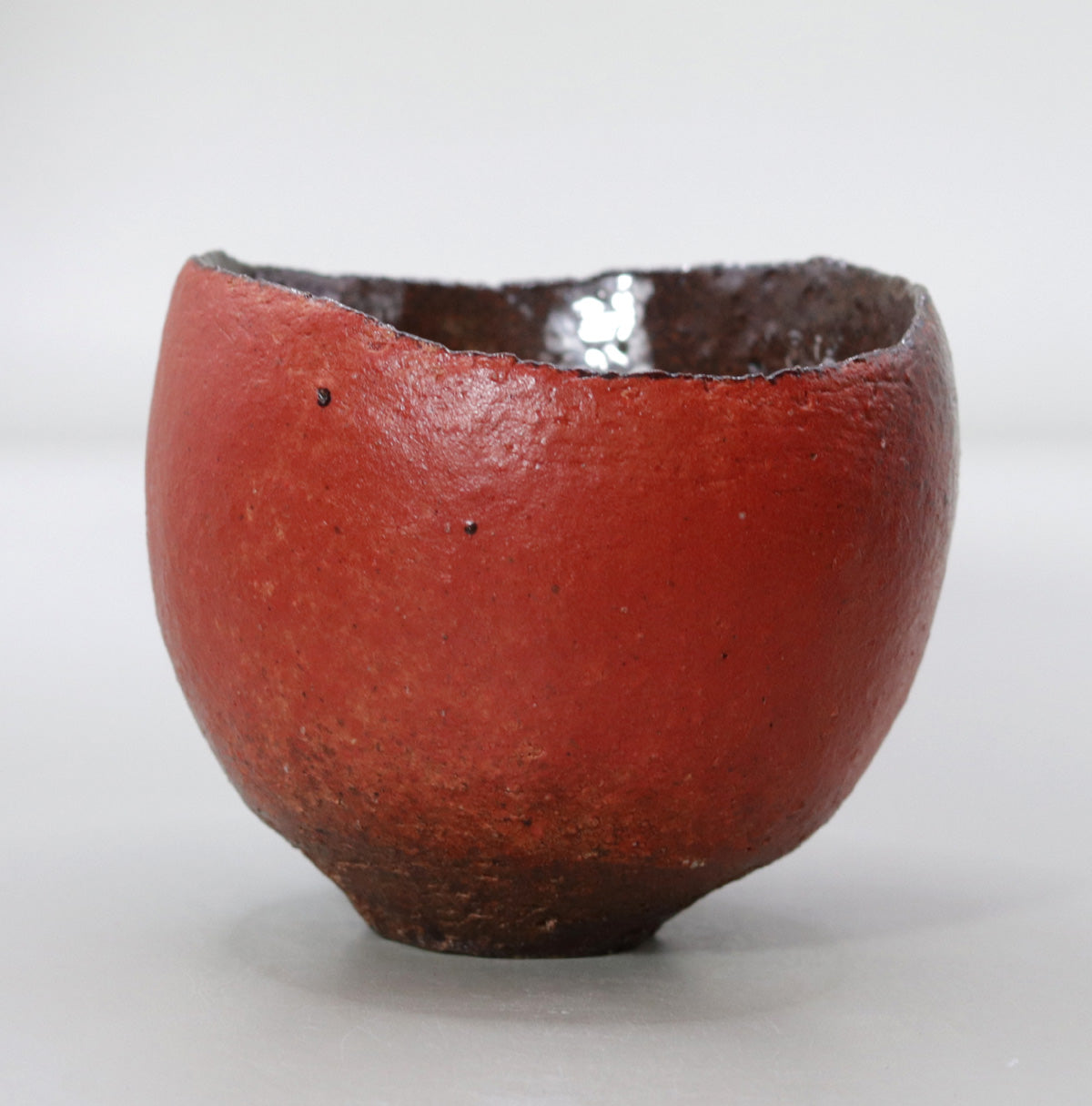

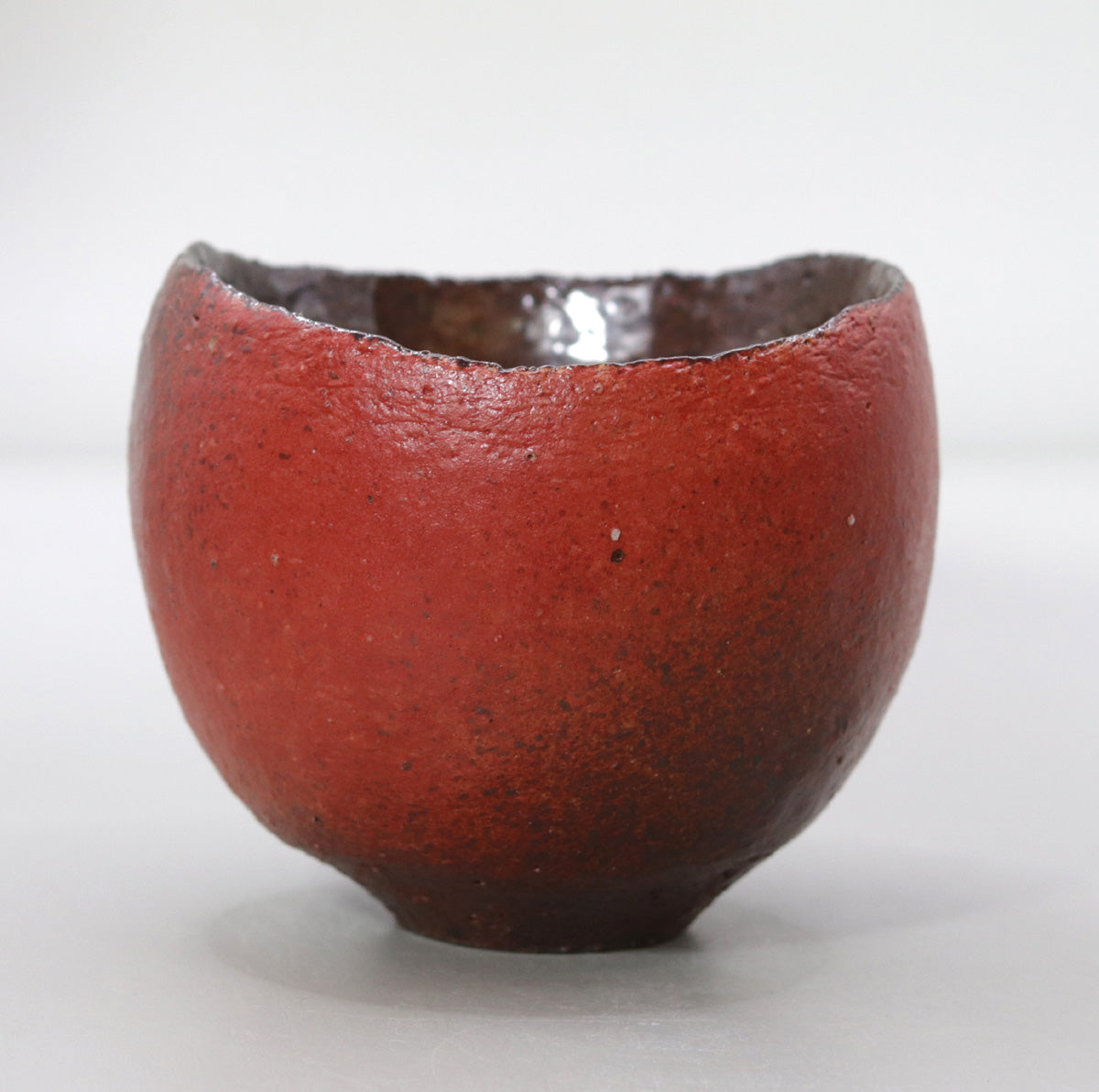
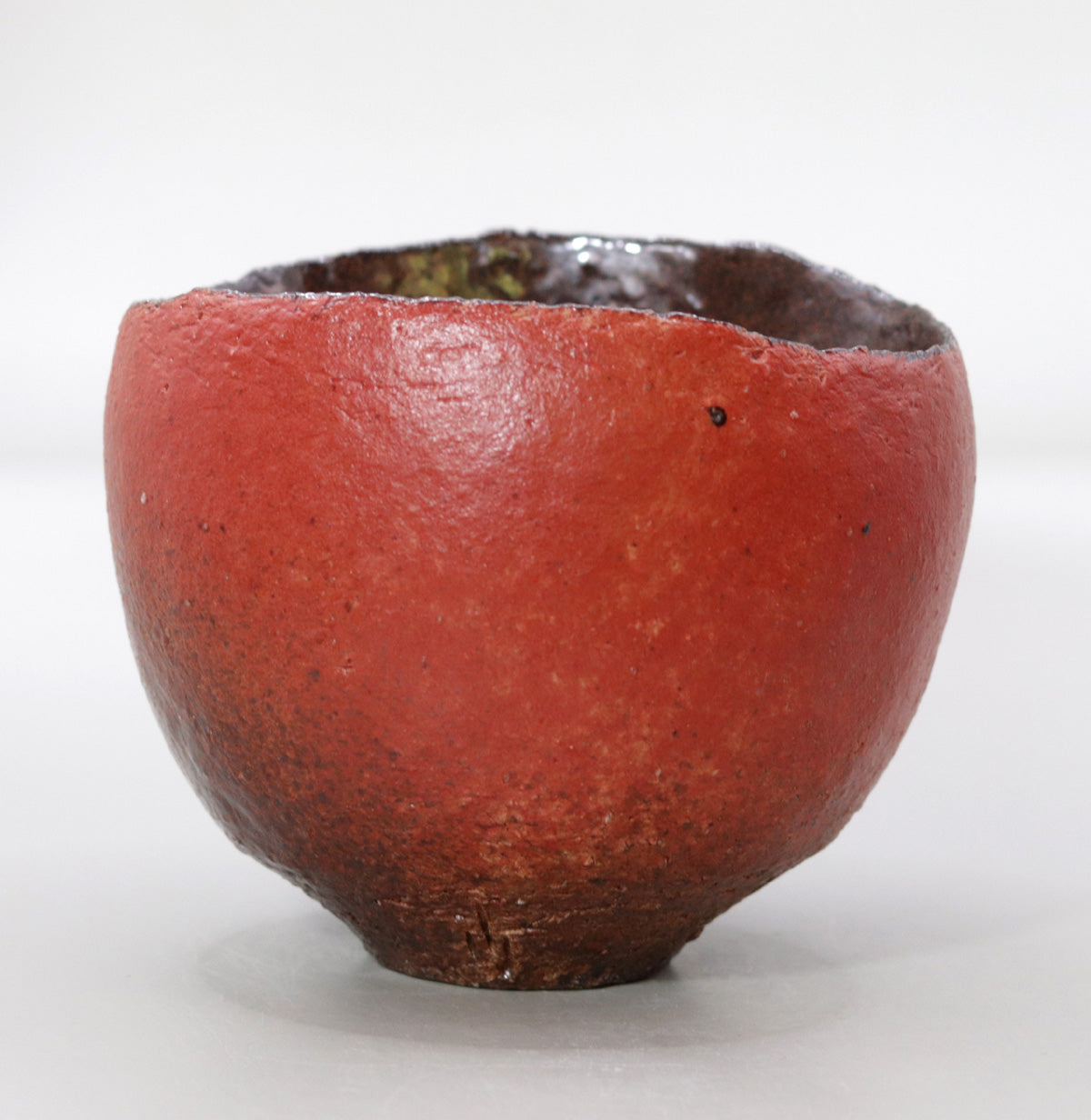
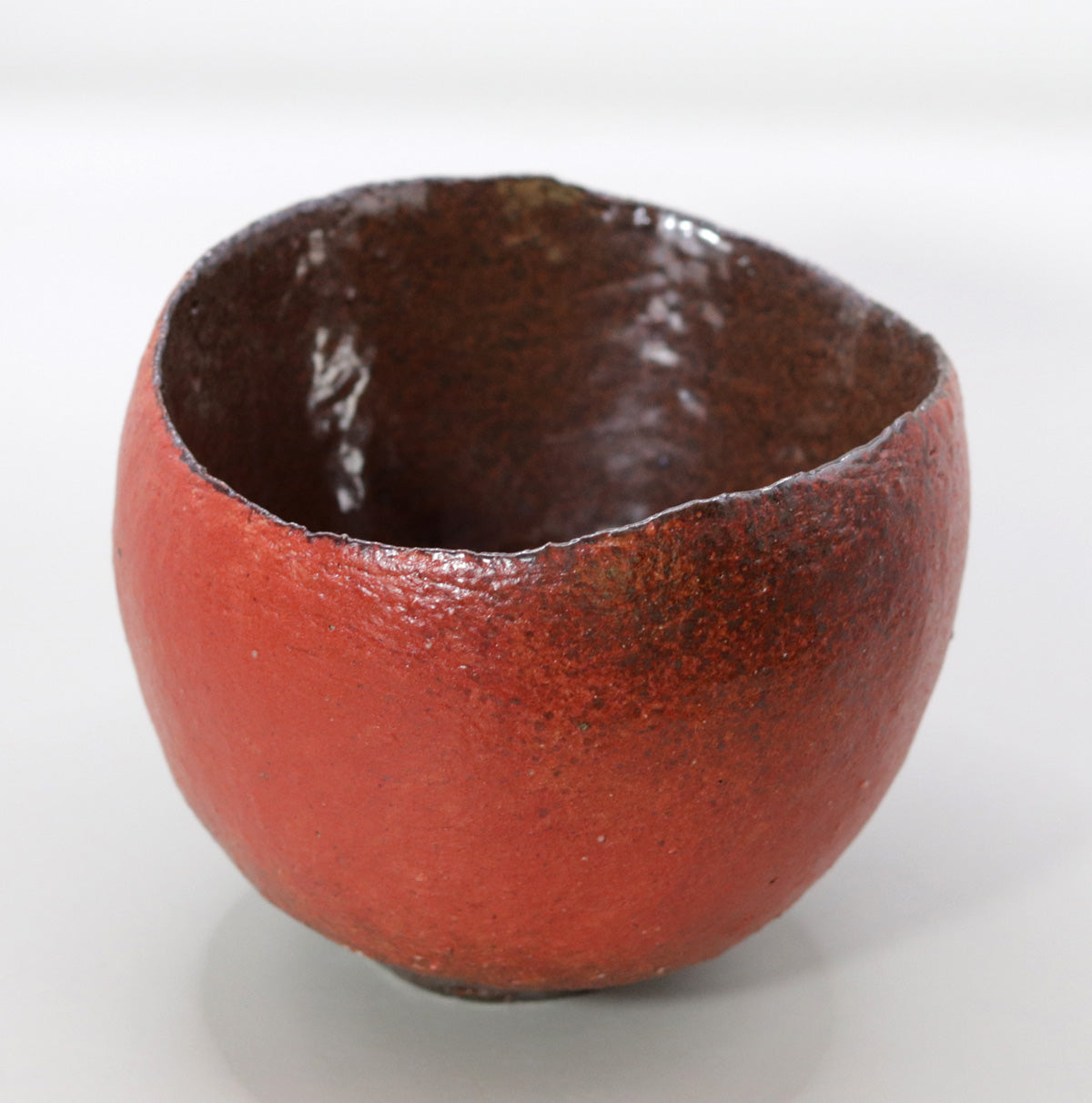

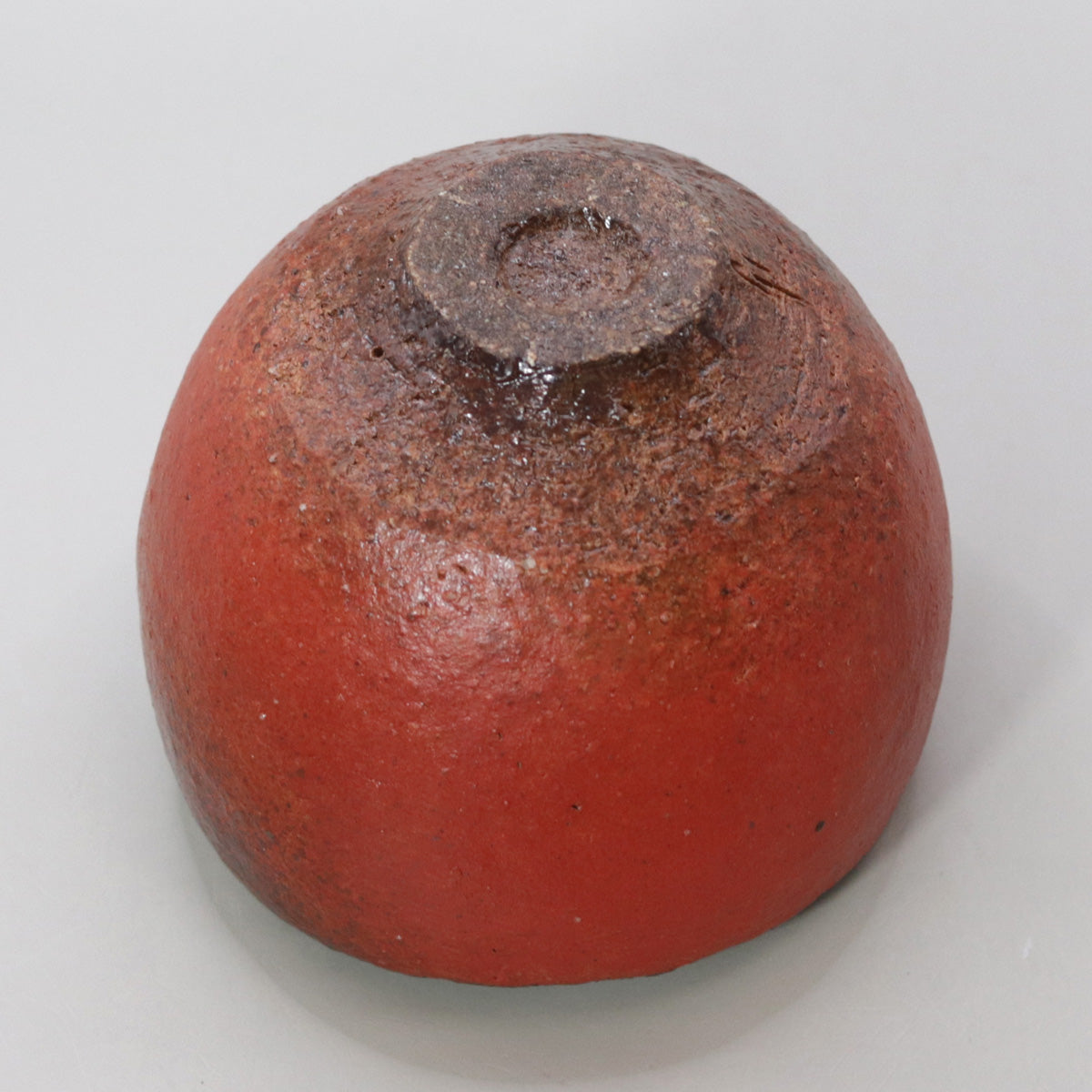

Multi-Column
-
[I will send it to you quickly and carefully]
We carefully package each product in a way that suits it best.
Also, delivery times vary depending on the piece (vessel, etc.).
Items that already come with a box will be shipped within 1-3 days of the order date.
For items that require a box to be made after your order, it will take approximately 30 days for production to be completed and then shipped.
In either case, once we have confirmed your order, we will contact you by email to inform you of the delivery date.
-
[Requests when purchasing pottery]
Even products that look the same may differ slightly in color, shape, size, etc.
The way the glaze is used, the power of the kiln, the firing method, the season, and the humidity also affect the appearance of the pottery.
Please understand the individuality of each piece of pottery and enjoy the unique warmth of handmade.

